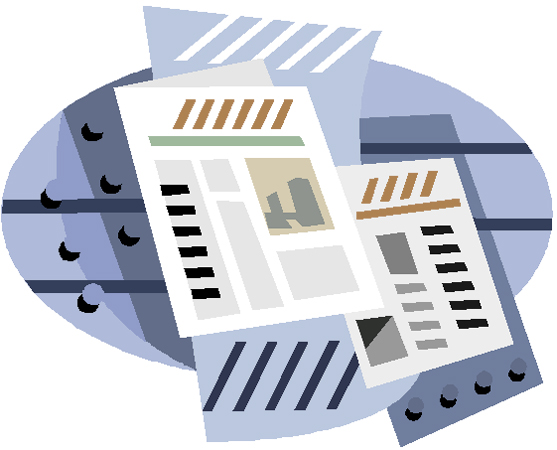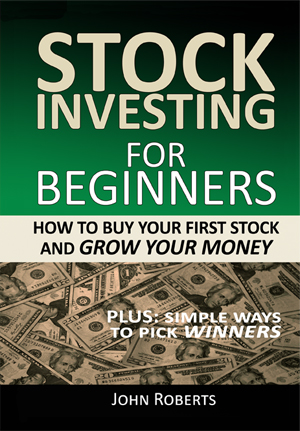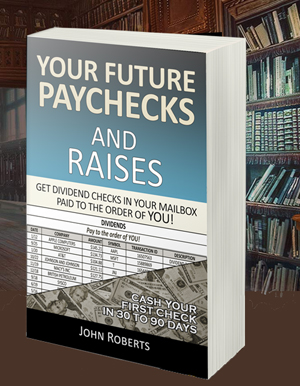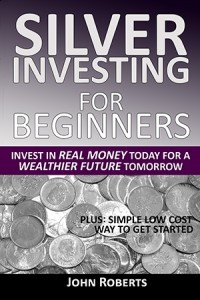My Source For Great Stock Investments
For my money, I go with paid financial newsletters — every time.
There are many knock off newsletters out there that are not good, so I’ll go into detail reviewing the ones I have had good success with in future posts. You might want to consider some of them too.
But before we get into the specific newsletters, lets look at a sample one to get started. A good newsletter has certain characteristics which I will point out.
One of the characteristics I look for will give you the ability to just scan it rapidly and make a decision — or to read it in depth. You decide.
Financial newsletters can cost anywhere from $39 per year up to $25,000 and more per year. We will be avoiding the $25,000 per year variety. The typical newsletter price I pay is around $60 to $89 per year. If you subscribe for two years, that price can come down by a third. And once you have bought one of the newsletters they will have you on their list and probably make you some of the discounted $39 offers in the future.
And you really only need one to be successful, although I think you will probably wind up buying two or three eventually because they are so good.
As I mentioned earlier, I choose newsletters that follow a specific format. This format is good for me, and it will be good for you as a beginning investor.
The newsletters I buy always tell a story about the recommendations they are making for the month. They describe the research they did and their reasoning for the positive future financial prospects of the business.
And they end the article with a specific buy statement that looks like this. Example: Buy Sprint NYSE: S up to $5 a share and use a 25% trailing stop.
Here’s why this is good for you as a beginning investor. Even if you don’t understand all the business talk and research they describe in the story, you will know exactly what to buy at what price to take advantage of their recommendation.
See what they said in the example above about Sprint. They told you to buy Sprint stock. They told you to not buy it for more than $5 a share. And they even told you the Stock symbol — which is “S” — to enter into the screen when you place your order in your online stock account.
What could be easier? Really?
If you are one of those people that skips to the end of a book to find out the ending, you could do the same here – decide how many shares you wanted to buy and place the order.
I don’t recommend that because I think you will begin to learn more about stocks as you read the stories. Even if you don’t get the whole thing, you will form an impression and get a feel for what they are talking about.
I have friends who don’t know anything about stocks – but have been interested in their investments – that I have shared some stock stories with, and they read them from top to bottom.
They might not understand the whole thing, but they get the general idea. You will too.
It gets better yet. Because when you buy one of these special newsletters I describe below, they will send you a special alert if the stock starts going bad.
So they do all the business research for you (saving you hours of hard work). And they have successful track records. They tell you exactly what to buy and how much to pay. And they tell you when to get out.
Also, at the end of the newsletter, they have a list of all of their current recommendations, how they are doing, which ones you can still buy if you like, and the maximum price you should pay for them.
That pretty much covers everything you need to know, right?
I think you will agree this is so much better than Uncle Harry’s stock tip he tells you about at Thanksgiving after he’s had a couple of drinks.
Or the hot stock tip your buddy tells you about. Or the hot stock tip on the evening news. By the way, I’ve heard some of these newscasters can’t even balance their expense accounts. And they are reporting hot stock tips? Interesting.
One final point. Even when I was a stockbroker, with all the research of a major U. S. broker/dealer at my fingertips, I read these newsletters.




